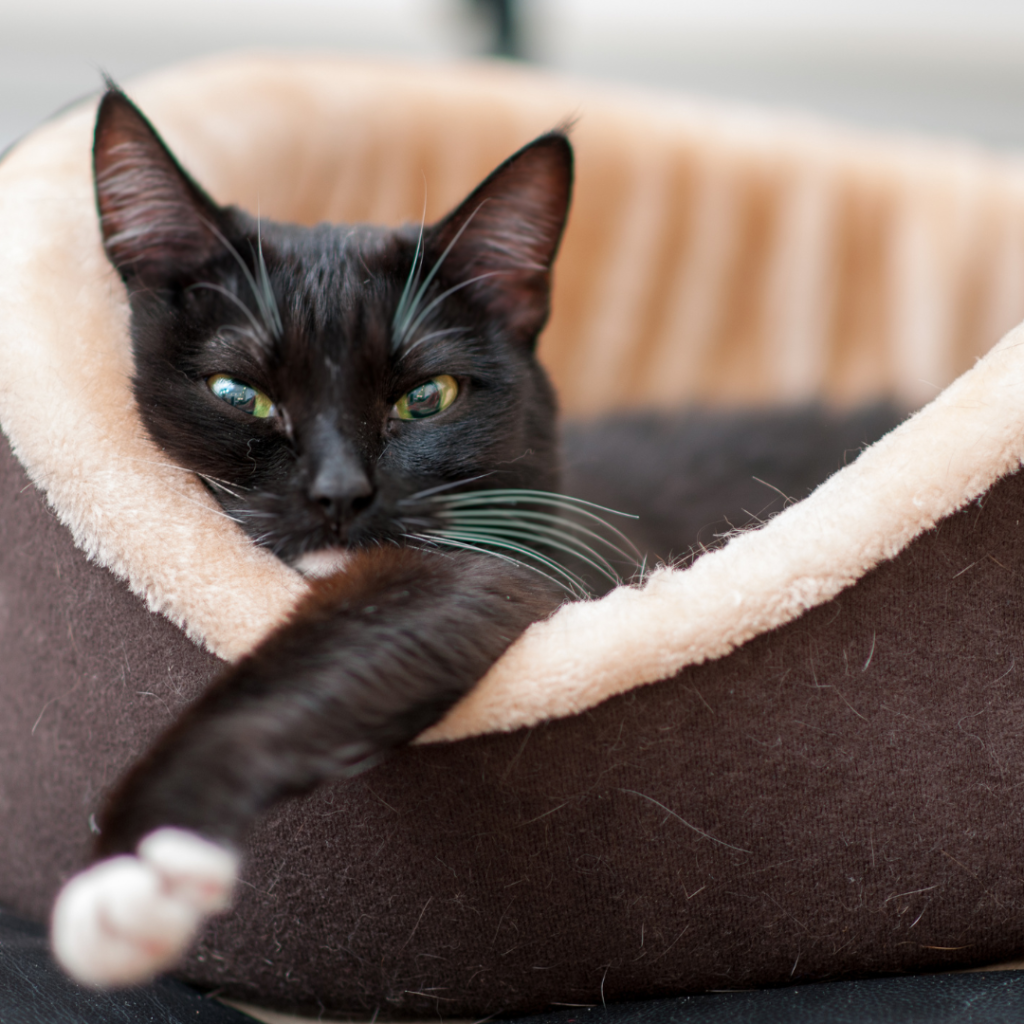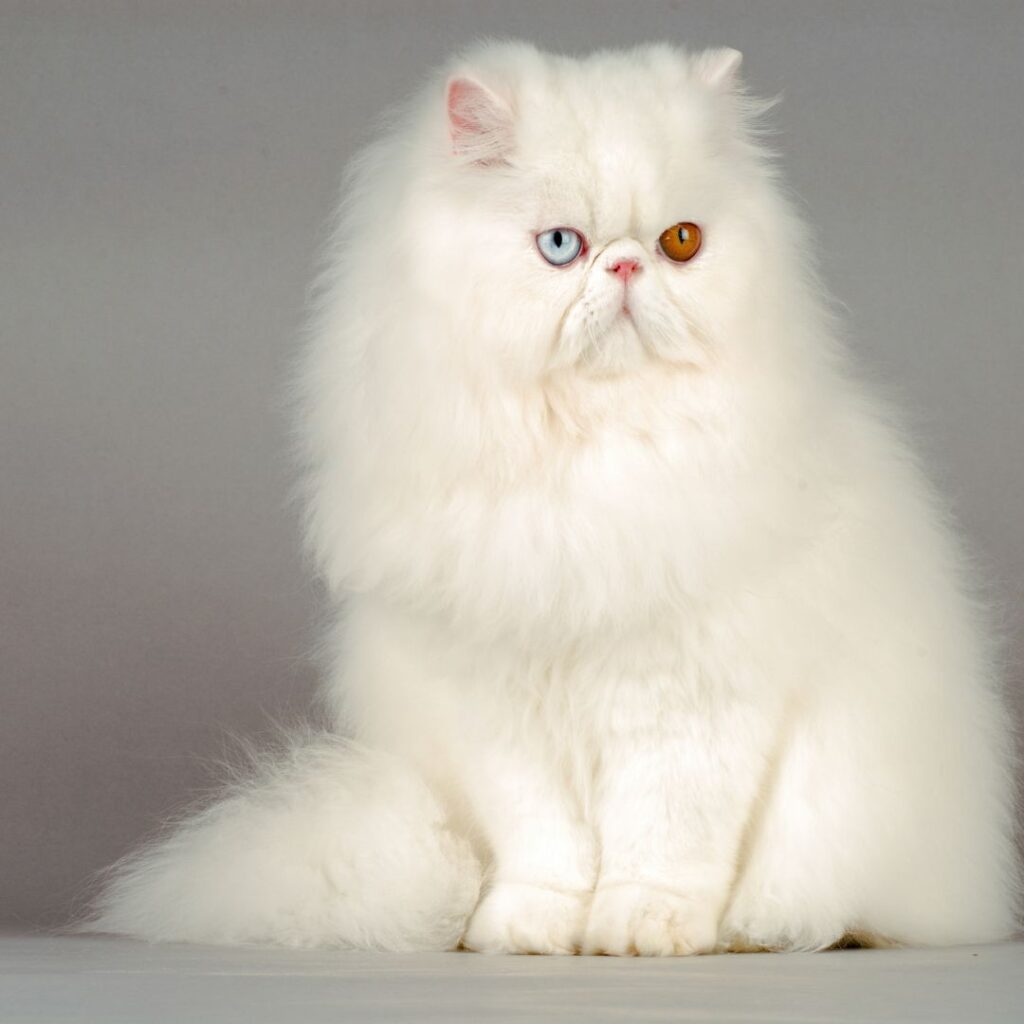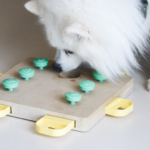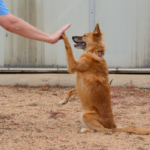If you’ve ever wondered about the behavior and personality traits of your feline friend, then this article is for you. In a groundbreaking study, researches developed and tested a reliable and valid questionnaire to measure feline behavior and personality traits. This questionnaire, tailored specifically for the Finnish cat population, gathered data from a whopping 4,300 cats through an online survey. The research covers various aspects, including behavior, background, and health, allowing cat owners to provide valuable insights. The findings of the study reveal intriguing insights, such as breed differences in cat personality traits and the potential genetic influence on feline behavior. With its emphasis on reliability and validity, this research offers a reliable method for cat owners to contribute to our understanding of their furry companions’ behavior and calls for future studies to explore the impact of environmental and biological factors.
Methods
Questionnaire Design
The first step in the study was to design a questionnaire that could effectively assess feline behavior and personality traits. The questionnaire was specifically tailored to be completed by cat owners and included sections addressing behavior, background information, and health. It was important to create a questionnaire that could capture a comprehensive view of a cat’s behavior and personality.
Data Collection
In order to gather the necessary data, cat owners were recruited to complete the questionnaire about their cats. The questionnaire was distributed through various channels, ensuring a diverse range of participants. Owners were asked to provide accurate and detailed information about their cats’ behavior, including specific instances of certain traits. The data collection process aimed to gather a wide range of information to ensure a comprehensive understanding of feline behavior and personality.
Participants
A diverse group of cat owners were recruited to participate in the study. Participants included both experienced and novice cat owners, ensuring a varied range of perspectives. Cats of different breeds, ages, and backgrounds were represented in the participant pool. By including a diverse group of participants, the study aimed to capture a wide range of feline behavior and personality traits.
Reliability of the Questionnaire

Internal Consistency
One important aspect of assessing the reliability of the questionnaire was evaluating its internal consistency. This involves examining how consistently different items within the questionnaire measure the same trait. The study found that the questionnaire demonstrated good internal consistency, indicating that the items within the questionnaire were measuring the intended traits consistently and reliably.
Test-retest reliability
To further assess the reliability of the questionnaire, a test-retest study was conducted. Participants were asked to complete the questionnaire twice, with a certain time interval between the two administrations. By comparing the responses from the two administrations, the study was able to determine the test-retest reliability of the questionnaire. The results showed good test-retest reliability, suggesting that the questionnaire provides consistent measurements over time.
Inter-rater reliability
Inter-rater reliability refers to the agreement between different raters when using the questionnaire. To evaluate this aspect of reliability, multiple raters were involved in scoring the questionnaire responses. The study found that there was a high level of agreement between the raters, indicating good inter-rater reliability. This means that the questionnaire consistently measures feline behavior and personality traits regardless of who is administering it.
Identification of Feline Behavior and Personality Traits

The findings of the study revealed several personality traits that exhibited significant differences across different cat breeds. These traits included:
1. Fearfullness
One of the behavior and personality traits identified in the study was fearfulness. This trait refers to a cat’s tendency to exhibit fear or anxiety in response to certain stimuli or situations. Fearfulness can manifest in various ways, such as hiding, avoidance, or aggression. By including questions related to fearfulness in the questionnaire, the study aimed to capture a comprehensive understanding of this trait.
2. Activity/playfulness
Another trait that was identified in the study was activity/playfulness. This trait refers to a cat’s level of energy and inclination to engage in play behaviors. Cats with high activity/playfulness are often more active, playful, and energetic, while cats with low activity/playfulness may be more sedentary or less interested in play. This trait was assessed through specific questions in the questionnaire to gather information about a cat’s play behavior and activity level.
3. Aggression toward humans
Aggression toward humans is another important behavior and personality trait in cats. This trait refers to a cat’s tendency to display aggressive behaviors towards humans, such as biting, scratching, or hissing. Understanding a cat’s aggression toward humans can be crucial for ensuring the safety and well-being of both the cat and its owners. The questionnaire included questions to assess the frequency and intensity of aggression toward humans.

4. Sociability toward humans
Sociability toward humans is a trait that assesses a cat’s inclination to interact and form bonds with humans. Cats with high sociability toward humans are often more affectionate, seek human company, and enjoy being petted or cuddled. On the other hand, cats with low sociability toward humans may be more independent or aloof. The questionnaire included questions that aimed to capture the level of sociability a cat displayed toward humans.
5. Sociability toward cats
In addition to sociability toward humans, the study also identified sociability toward cats as an important feline behavior and personality trait. This trait refers to a cat’s inclination to interact and form bonds with other cats. Cats with high sociability toward cats may actively seek out social interactions with other cats and are often comfortable in multi-cat households. The questionnaire included questions to obtain information about a cat’s sociability toward other cats.
6. Excessive grooming
Excessive grooming is a behavior trait that refers to a cat’s excessive and repetitive grooming behavior. Cats that engage in excessive grooming may spend excessive amounts of time grooming themselves, potentially leading to issues such as fur loss or skin problems. The questionnaire included questions to assess the frequency and intensity of a cat’s grooming behavior, helping to identify excessive grooming tendencies.
7. Litterbox issues
Litterbox issues encompass various problems related to a cat’s elimination behavior. This includes behaviors such as inappropriate urination or defecation, avoiding the litterbox, or engaging in marking behaviors. These issues can have numerous causes, including medical or behavioral factors. The questionnaire included questions that aimed to identify any litterbox issues a cat may be experiencing.
Breed Differences in Behavior and Personality Traits

Observations of breed differences
Throughout the study, researchers made observations regarding breed differences in behavior and personality traits. While individual cats within a breed can still display unique behavior patterns, certain traits were noted to be more prevalent in specific breeds. For example, the Russian Blue breed was found to be the most fearful, while the Abyssinian breed was the least fearful. The Bengal breed was the most active, while the Persian and Exotic breeds were the most passive. The Siamese and Balinese breeds exhibited the most excessive grooming behavior, while the Turkish Van breed scored higher in aggression towards humans and lower in sociability towards cats.
These breed differences highlighted the potential influence of genetics on feline behavior and personality. Further research is needed to explore these breed differences in more detail and understand the underlying genetic factors.
Genetic influence on personality
The observations of breed differences suggest that genetics play a significant role in shaping feline behavior and personality traits. Certain breeds have been selectively bred for specific traits, resulting in distinct behavioral characteristics. This indicates that genetics contribute to not only physical traits but also behavioral traits in cats. Understanding the genetic influence on personality can provide valuable insights into the factors that shape a cat’s behavior.
Discussion
Reliability of owner-completed questionnaires
The study’s findings demonstrate that owner-completed questionnaires can be a reliable method to collect behavioral data from cats. The good internal consistency, test-retest reliability, and inter-rater reliability of the questionnaire indicate that it provides consistent and reliable measurements of feline behavior and personality traits. This is crucial for researchers and professionals in the field of animal behavior to accurately assess and understand feline behavior.
Multidimensional models for further research
The study suggests that further research should consider multidimensional models that encompass not only genetic factors but also environmental and biological factors. While genetics play a significant role in shaping feline behavior and personality traits, other factors suc as the cat’s environment, socialization, and past experiences can also influence their behavior. By adopting a multidimensional approach, future research can provide a more comprehensive understanding of the complex interplay between genetics and the environment in shaping feline behavior.
Conclusion
In conclusion, the questionnaire demonstrated good internal consistency, test-retest reliability, and inter-rater reliability. Seven behavior and personality traits were identified, including fearfulness, activity/playfulness, aggression toward humans, sociability toward humans, sociability toward cats, excessive grooming, and litterbox issues. Breed differences were observed, suggesting a genetic influence on personality. The study concludes that owner-completed questionnaires can be a reliable method for collecting data on feline behavior and that further research should consider multidimensional models that include environmental and biological factors.











